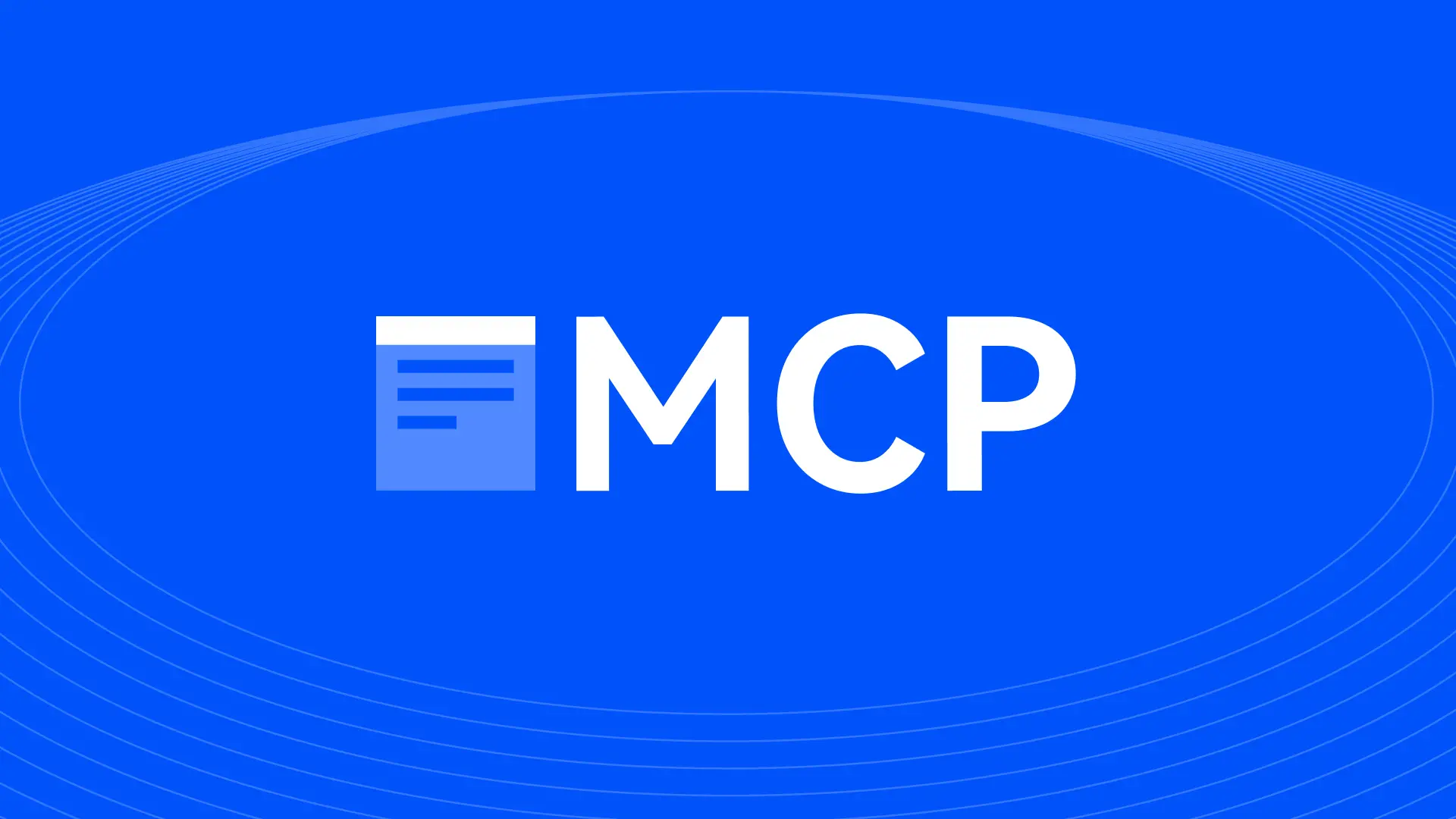为什么说 Zircuit 是一条特立独行的 Layer 2?
作者:Haotian
为什么说 @ZircuitL2 是一条特立独行的 layer2? 1)它基于 OP Stack Codebase 构建却不属于 OP 超级链阵营?2)属于 OP-Rollup 链却没凸显欺诈证明,从名字到技术细节都烙有极强的 ZK 印记?3)明明和 AVS 安全共识机制无关联却给了 $Eigen 质押者空投等等。接下来,简单说说我对 Zircuit 这条链的理解:
1)OP Stack 显然提供了一个快速起 layer2 的基础技术框架,但包括 Metis 、Mantle 、Zircuit 等在内的诸多链都用了 OP Stack 的 Codebase 技术框架却没有并入 Superchain 的战略路线。
原因很简单,虽然超级链会享有 OP 超级联盟的资源增益,但在技术自主性和灵活性上也会受限,比如欺诈证明。不少 OP Stack 阵营的 layer2 到现在都没有完全上线 Fraud Proof 证明系统,和其选择框架依赖性而忽略自主性发展的关联会很大。
Zircuit 就是典型,虽然在 L2beat 上被标记为 OP-Rollup Type,但其整体技术架构和品牌调性给人一种极强的 ZK 感知印象,不少人会把它并到 ZK-Rollup 的范畴。
之所以偏好 ZK 技术框架,主要是因为 ZK 技术的加持可以让 OP-Rollup 框架更可靠,毕竟没有真正 Fraud Proof 证明运作的 OP-Rollup 很难称之为一条安全可靠的链,但有了 ZK Proof 证明系统,依托 ZK 技术构建的状态变更信任环境,可很好弥补其在乐观挑战证明上的缺陷。因此严格意义上,它应该属于混合 Rollup。
事实上,这类混合 Rollup 的架构设计并不新鲜,同为新锐 layer2 的
@MetisL2
也基于此主打差异化,通过 ZK-Rollup Router 为用户提供一个快速的提款退出通道,而不用等待 7 天的挑战期。
2)最近,Vitalik 盛赞了 Starknet 在 Blob Gas 定价机制优化、区块状态压缩上的表现,这其实是 layer2 需增强跨链可交互操作性之后的另一个优化方向:增强自身数据结构和性能处理等细节上表现。
因为以太坊主网未来的升级路线会趋向 ZK-SNARKs 轻量化,若 layer2 链能够熟稔应用 ZK 技术底层,从数据结构、状态压缩、消息传递等方面都有增强的表现,就越贴近未来 Rollup-Centric 的大战略方向。
所以,作为后起之秀,Zircuit 在发链之初就做了不少细节上的技术优化,比如:
1、Sequencer 级别安全增强(SLS):不少 layer2 链都存在 Sequencer 中心化、MEV 等种种困扰,以至于 DeFi 这类金融应用协议一直在 layer2 环境下得不到稳定发展。
鉴于此,Zircuit 独创性的对 Sequencer 进行了预防性安全架构设计,交易在 Mempool 中时会进行恶意交易监测,恶意交易会被套用一层包括多重释放条件的隔离区,以此保证正常交易顺利安全执行;这种在 Sequencer 组件中加入一层安全前置检查的方法,可以识别潜在的 MEV 行为,为 DeFi 应用提供更公平的执行环境。
2、Modular Proof 证明系统:ZK-Rollup 范式的 layer2 链相比 OP-Rollup 链有明显的 Finality 终局性优势,但与此同时也会产生额外的计算、生成、验证 Proofs 的开支,这部分成本开销不在主网通过 Blobs 区块降低 layer2 Gas 的范畴内,因此 ZK-Rollup layer2 要设法降低 ZK Proofs 开销才行。
针对此,ZIrcuit 采用了 Template Proofs 和 Proof Aggregation 两条路径来优化成本:模版证明是一种过渡型的解决方案,使用简化的证明模版保持基础状态的更新验证,而不必为每个 Batch 都生成完整证明以降低成本;证明聚合则会收集多个未验证的证明任务分别通过特定电路和通用电路来并行生成证明,最终将这些证明聚合成单个证明最后统一验证。
显然,这种设置特定专有电路来适配不同证明类型的 Proof 系统,可以很好降低 ZK 证明生成和验证的成本。这和 Starknet 采用 STARK 系统,zkSync 采用递归系统等等都类似,可以较好的降低 ZK 开销。
3、AI-Enabled layer2:作为一条较新的 layer2 链,Zircuit 天然适合 AI 模型推理、AI Agent 等 AI 元素的集成。表现在,SLS 排序器中的 AI 模型分析可疑交易、特殊情况 AI 自动化隔离或暂停协议等等。
以上。
至于为何 Zircuit 要联合 @Eigenlayer 发空投,纯粹出技术视角很难看出啥,我宁愿理解为这是 Zircuit 这条 layer2 对于 Eigenlayer 输出以太坊 AVS 安全性的一种战略支持。
拉长视角看,AVS 作为快速的安全共识基础设施或许能帮助 Zircuit 的 SSL 系统在某个时间点快速组合到其他 layer2 生态当中。










